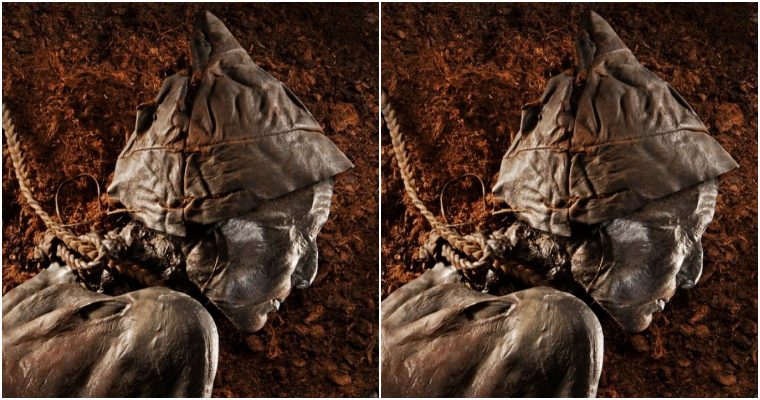Rachael Talibart produces beautiful seascapes, channeling her childhood spent at sea with her father.

‘Touch‘. Sea foam from the edge of a wave briefly touches a shell on the sand. From Rachael’s ‘Ghost in the Shell’ series, in which she uses slow shutter speeds to contrast the movement of water with static shells.
It’s fair to say that Rachael Talibart is fascinated by the ocean. ‘If you think about our planet, it’s roughly seven-tenths water,’ she says. ‘We’re the dominant life form on this planet, but we’ve evolved to live on the smaller part of it. That’s kind of mindblowing. So that seven-tenths is ineffable because it’s inimical to our own survival. It’s full of mystery, full of all sorts of amazing things. You only have to stand on the coast and look out at the horizon to feel full of positivity – anything’s possible beyond that horizon. I just love those big, open spaces and open-ended possibilities that the ocean offers.’
Perhaps perversely, she puts her obsession at least partly down to her propensity to suffer from seasickness. ‘I grew up with the sea,’ she explains. ‘My dad was a really keen yachtsman, so for the first 12 years or so of my life, almost every weekend and all of the school holidays were spent at sea. We would go away for weeks, living on the boat. We would go across to the Continent and up or down the coast there, maybe into the canals of Holland, or along the British coast. It sounds very adventurous, very Swallows and Amazons, but unfortunately, I’m a really bad sailor.

Sedna. From Rachael’s ‘Sirens’ series – fast-shutter-speed photographs of monstrous storm waves named after myth. Sedna is a powerful sea goddess from Inuit culture
‘If you feel seasick, you definitely can’t go down into the cabin – you stay on deck,’ she continues. ‘So, because of that, I had to amuse myself sitting in the cockpit during long sea crossings. I used to look at the waves. Most kids are imaginative, I certainly was, and I used to pretend that there were mountain-scapes in the waves, or I’d imagine creatures and shapes in the waves. I think that you could come full circle now with the photographs that I make.’
Rachael’s evocative images of the ocean and coast have graced galleries, appeared in countless magazines and won numerous awards. Perhaps unsurprisingly, given her lack of sea legs, she makes virtually all of her photos from the shore now, but she retains a deep respect for the sea and what it’s capable of. And occasionally it still catches her out. ‘It was the first time I went to Nazaré in Portugal, which has the biggest waves in the world,’ she says. ‘I was excited and I lay down on the beach – I like to get as low as I can so the waves stand up above the horizon. And suddenly, this wave just came right up the beach farther than any wave had done. It completely ruined my lens and I’d only been there for half an hour.’
Find more from Rachael on her website or on her Instagram

Medusa. Another image from Rachael’s ‘Sirens’ series. Medusa is a character from Greek mythology, cursed by Hera to have snakes for hair. ‘Myths are the stories that entire cultures tell to explain the unknown, and there are few greater unknowns than the ineffable ocean,’ Rachael says

Luna. ‘People often think that this photo must be a painting,’ Rachael says. The combination of a long focal length and slow shutter speed created the effect of brush strokes in this moonlit wave

Loki. Another image from ‘Sirens’, Loki is named after the Norse trickster god. This photograph was captured during Storm Imogen in 2016. Fast shutter speeds captured shapes that lurk in the waves but aren’t normally noticed by the naked eye








